2020 Cocos Island Currency of The Clunies-Ross Era (Gummed Stamps) FDC
Cocos (Keeling) Islands: Currency of the Clunies-Ross Era
First Day Cover
Release date: 20 October 2020
Overview
In 1825 Scottish merchant seaman John Clunies-Ross stopped at the Cocos (Keeling) Islands and in 1827 settled there permanently with his family. He recruited Malays to come to the islands to harvest the coconut palms. In 1857, the islands were annexed by the British Empire and the original John’s son, also called John Clunies-Ross (Ross II), was appointed as superintendent. In 1886, Queen Victoria granted the islands in perpetuity to John Clunies-Ross, who enjoyed official status as resident magistrate and government representative.
On 23 November 1955, the islands were transferred to Australian control under the Cocos (Keeling) Islands Act 1955 , however it was not until 1978 that John Clunies-Ross was forced to relinquished control, selling the islands to Australia for $6.26 million. The Australian government initially allowed Clunies-Ross to retain ownership of the family home Oceania House, but in 1983 asked John Clunies-Ross to leave the island. The Cocos Malay community voted in a referendum of self-determination. On 6 April 1984, the Cocos Malay community voted to integrate with Australia.
For 150 years, from 1827 to 1978, the Clunies-Ross dynasty effectively ruled the Cocos (Keeling) Islands, in what has been described as a benevolent fiefdom. They styled themselves as “kings” and were called Ross I (John Clunies Ross 1786–1854), Ross II (John George Clunies-Ross II 1823–1871), Ross III (George Clunies-Ross III 1842–1910), Ross IV (John Sydney Clunies-Ross IV 1868–1944), Ross V (John Cecil Clunies-Ross (1928–)
The official currency on the island was that of the ruling country. However, from at least the 1870s, the Clunies-Ross family introduced its own currency, the Cocos Rupee, for the Cocos Malay workers on the island, redeemable only at the company store. This stamp issue features some of the currency issued by the Clunies-Ross family in the form of tokens.
The stamps $1.10 - Paper tokens, 1902
Private currency was first issued in 1879 on sheepskin, hand signed by George Clunies-Ross (Ross III). There were 100 cents to every 1 rupee. There were always six circulating denominations, mostly 5, 3, 2, 1, 1/2, and 1/4 rupee. Later, in 1902, a 1/10 rupee note was introduced. The stamp shows a 5 rupee and 1/10 rupee note both issued in 1902. They have printed serial numbers, the family crest and the printed signature of G. Clunies Ross (Ross III).
The background shows members of the Clunies-Ross family ca. 1900: William Clunies Ross (b. 1851), his wife Clara binte Abas and their children. William’s mother and wife were both from the Cocos Malay community.
$1.10 - Ivorine tokens, 1910
In 1910, John Sidney Clunies-Ross (Ross IV) took charge after the death of his father. In 1913, he issued a series of tokens. They were produced in seven denominations: 5 rupees, 2 rupees, 1 rupee, 50 cents, 25 cents, 10 cents and 5 cents. The tokens were made from ivorine (cellulose nitrate) and manufactured in England by a button maker. The tokens were a variety of shapes including circles, ovals, squares and octagons. Each denomination features on the obverse the Clunies-Ross crest and 1910, the year Ross IV gained power. The reverse shows a serial number and 1913, the year of issue. The stamp features the obverse of two tokens. The tokens continued in circulation until 1955, when the Cocos Islands became an Australian territory.
The stamp also depicts John Sidney Clunies Ross (Ross IV) (on the right) with an unidentified man, ca. 1910. The other photograph shows men loading copra on the jetty at Direction Island, ca. 1913. The Clunies-Ross schooner Ayesha is at anchor in the bay.$2.20 - Plastic tokens, 1968
John Cecil Clunies-Ross (Ross V) produced 10 plastic tokens in 1968, apparently only for the family’s internal accounting purposes as Cocos (Keeling) Islands had become an Australian territory in 1955. The tokens were issued in 1, 5, 10, 25, 50 cents (green) and 1, 5, 10, 25, 50 rupees (red). The stamp depicts the obverse and reverse of a 10 cent token and the obverse of a 10 rupee token.
In the background is Oceania House, the home of the Clunies-Ross family on Home Island. It was built from 1886 to 1904 with bricks imported from Scotland. The family lived there until 1985 and in 1993 it was sold to the Australian government. It is now privately owned and used for tourist accommodation. In 2004 it was added to the Australian Commonwealth Heritage List.
$2.20 - Metal coins, 1977In 1977, John Cecil Clunies-Ross (Ross V) introduced the first metal currency in an attempt to prevent the circulation of Australia currency in the islands. This was not successful; in 1978, the last “king of Cocos” was forced to relinquished control of the islands, selling them to Australia for $6.26 million. Following the 1984 referendum to integrate with Australia, in 1985 Clunies-Ross left the islands to settle in Perth. Today his son, also John Clunies-Ross, is the only member of the family to remain on the islands.
The coins were minted in Switzerland and featured an effigy of Ross V’s great-great-grandfather, the first John Clunies-Ross, on the obverse and a palm and sea shore on the reverse. The 10 denominations were produced in four different metals. The stamp shows the obverse and reverse of the 150 rupees coin issued in gold and the reverse of the 10 rupees coin issued in silver. The photograph depicts John Cecil Clunies-Ross, ca. 1960 and the minisheet shows him in 1954 during the Queen’s visit to the Cocos (Keeling) Islands.
Please check out my other Ebay items
Postage Discount Available
If purchasing more than one item please request an invoice or wait for one to be issued combining postage
Orders over $40 will require registered mail
Payment requested within 5 days unless otherwise arranged
PicClick Insights - 2020 Cocos Island Currency of The Clunies-Ross Era (Gummed Stamps) FDC PicClick Exclusive
- Popularity - 5 sold, 10 available. 0 watchers, 0.0 new watchers per day, 1,282 days for sale on eBay.
- Best Price -
- Seller - 56,188+ items sold. 0% negative feedback. Great seller with very good positive feedback and over 50 ratings.
People Also Loved PicClick Exclusive
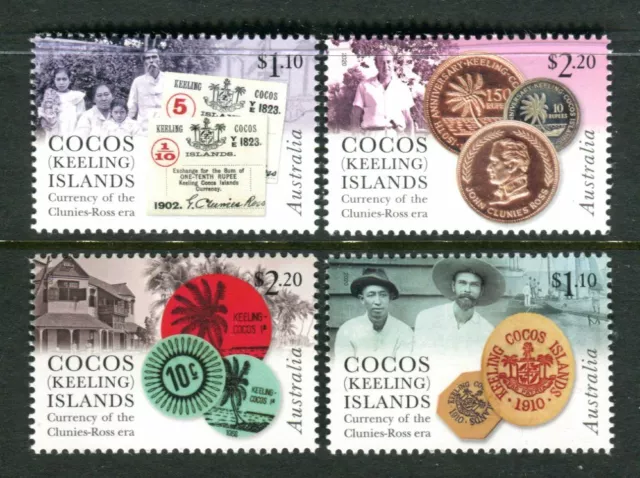
2020 Cocos Island Currency of The Clunies-Ross Era MUH Design Set of 4 Stamps
$9.50 Buy It Now 26d 8h
2020 Cocos Island Currency of The Clunies-Ross Era MUH Mini Sheet
$9.50 Buy It Now 26d 8h
2020 Cocos Island Currency of The Clunies-Ross Era (Mini Sheet) FDC
$9.50 Buy It Now 26d 8h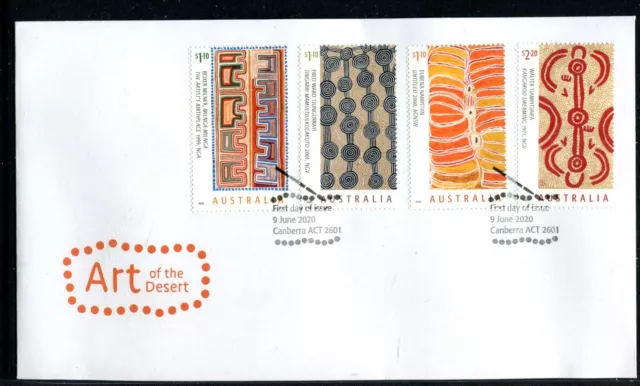
2020 Art of The Desert (Gummed Stamps) FDC - Canberra ACT 2601 PMK
$8.50 Buy It Now 22d 3h
2020 Christmas Island Christmas (Gummed Stamps) FDC - Christmas Is PMK
$5.00 Buy It Now 9d 5h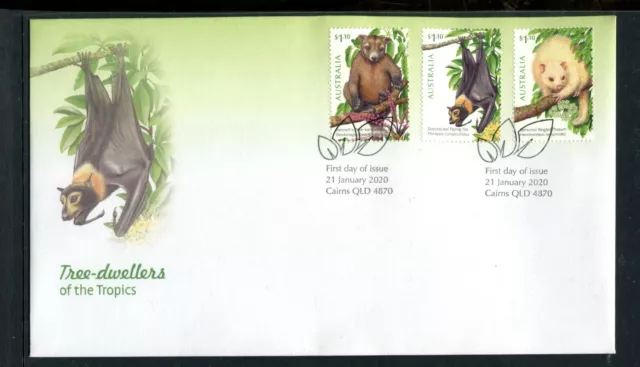
2020 Tree-Dwellers of The Tropics (Gummed Stamps) FDC - Cairns Qld 4870 PMK
$5.00 Buy It Now 12d 6h
2020 Opalised Fossils (Gummed Stamps) FDC - Lightening Ridge NSW 2834 PMK
$7.50 Buy It Now 5h 51m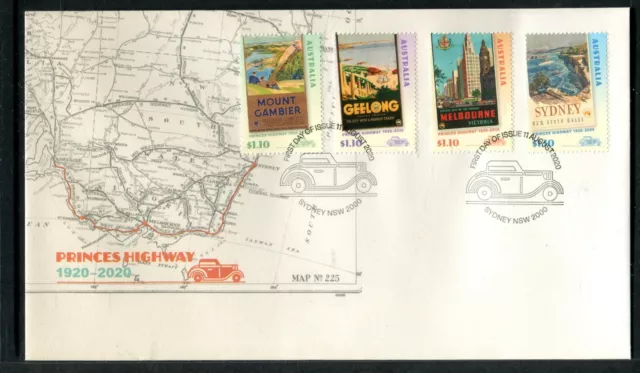
2020 Princess Highway 1920 to 2020 (Gummed Stamps) FDC - Sydney NSW 2000 PMK
$7.50 Buy It Now 6h 11m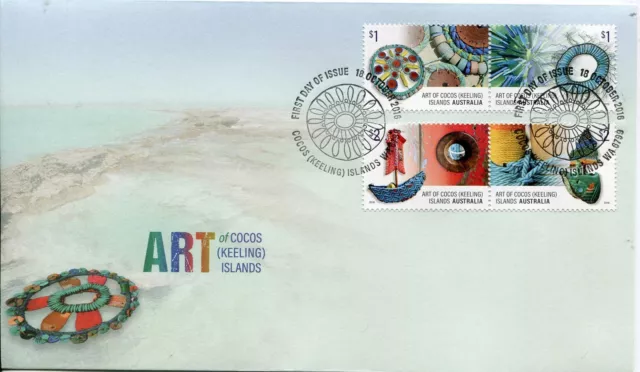
2016 Art of Cocos Island (Gummed Stamps) FDC - Cocos Island PMK
$8.50 Buy It Now 14d 13h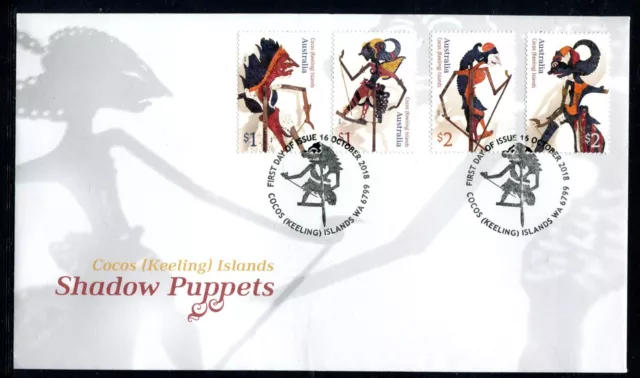
2018 Cocos Island Shadow Puppets (Gummed Stamps) FDC - Cocos Island PMK
$8.50 Buy It Now 20d 9h
2020 ANZAC Day (Gummed Stamps) FDC - Canberra ACT 2601 PMK
$7.50 Buy It Now 27d 5h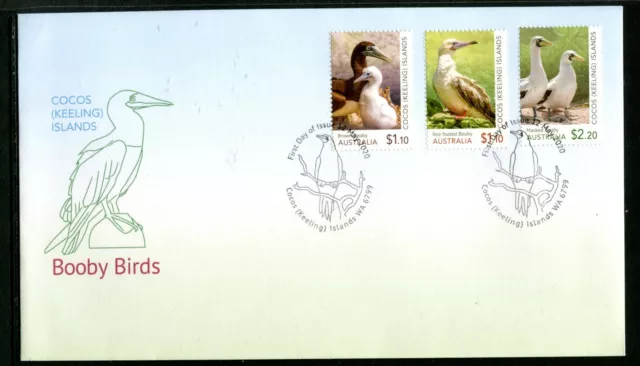
2020 Cocos Island Booby Birds (Gummed Stamps) FDC - Cocos Island WA 6799 PMK
$6.50 Buy It Now 11d 4h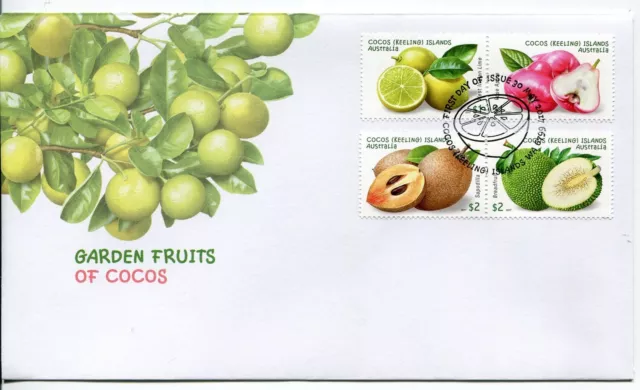
2017 Garden Fruits of Cocos Island (Gummed Stamps) FDC - Cocos Islands 6799 PMK
$8.00 Buy It Now 7h 30m
2020 Wildlife Recovery (Gummed Stamps) FDC - Sydney NSW 2000 PMK
$10.00 Buy It Now 17d 6h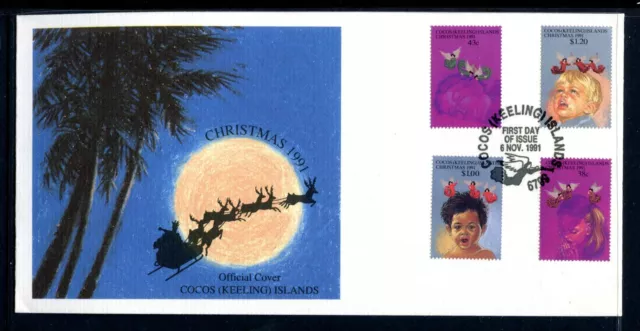
1991 Cocos Island Christmas (Gummed Stamps) FDC
$7.50 Buy It Now 21d 4h
2016 Vietnam War! A Century of Service (Gummed Stamps) FDC - Canberra ACT PMK
$8.00 Buy It Now 11d 9h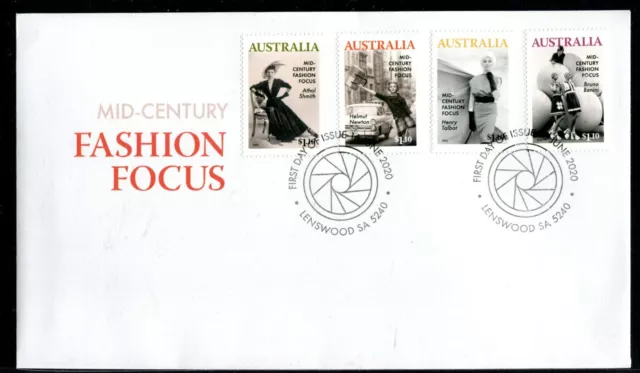
2020 Mid-Century Fashion Focus (Gummed Stamps) FDC - Lenswood SA 5240 PMK
$7.50 Buy It Now 22d 3h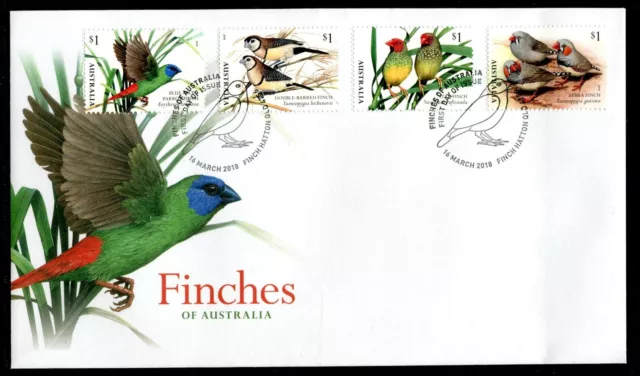
2018 Finches of Australia (Gummed Stamps) FDC - Finch Hatton Qld 4756 PMK
$6.50 Buy It Now 9d 10h
2017 Cocos Island Aviation (Gummed Stamps) FDC - Cocos Islands 6799 PMK
$5.00 Buy It Now 4d 9h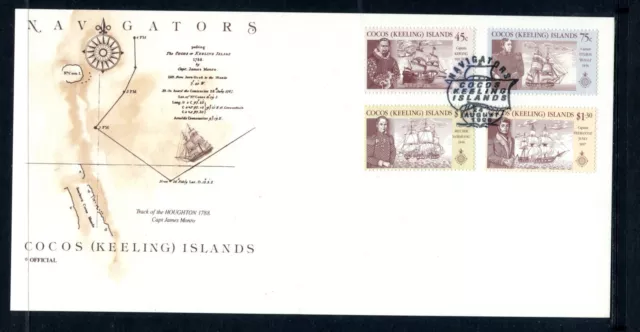
1990 Cocos Island Navigators (Gummed Stamps) FDC
$10.00 Buy It Now 22d 5h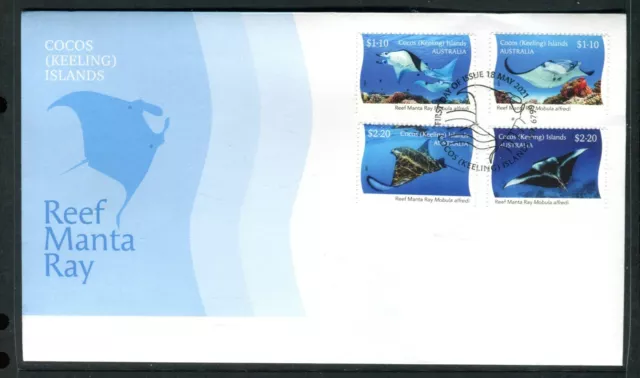
2021 Cocos Island Reef Manta Ray (Gummed Stamps) FDC - Cocos Island PMK
$8.50 Buy It Now 14d 7h
2018 Banksias (Gummed Stamps) FDC - Postmarked Banksia NSW 2216
$6.00 Buy It Now 16d 5h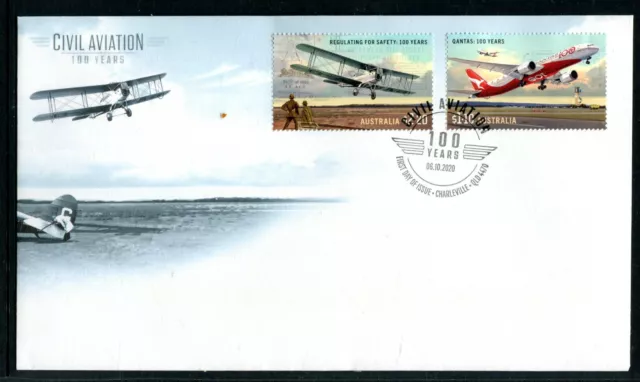
2020 Civil Aviation 100 Years (Gummed Stamps) FDC - Charleville Qld 4470 PMK
$6.00 Buy It Now 12d 4h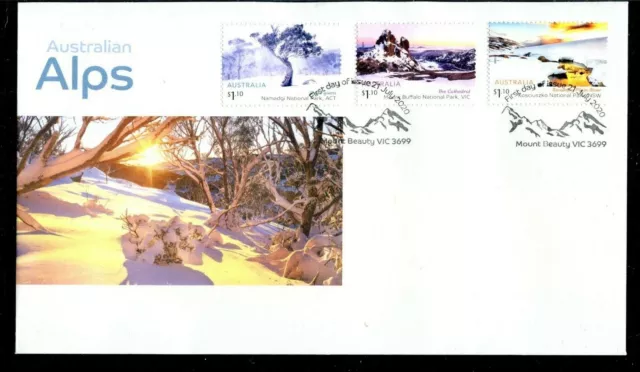
2020 Australian Alps (Gummed Stamps) FDC - Mount Beauty Vic 3699 PMK
$6.00 Buy It Now 23d 7h
2017 AAT East Antarctic Deep Sea Creatures (Gummed Stamps) FDC - Kingston PMK
$10.00 Buy It Now 7h 5m
2018 Cocos Island Shadow Puppets (Mini Sheet) FDC - Cocos Island PMK
$8.50 Buy It Now 20d 9h
2018 Christmas (Gummed Stamps) FDC - Merrylands NSW 2160 PMK
$8.50 Buy It Now 18d 11h
2019 Australian Fauna (Gummed Stamps) FDC - Kangaroo Flat Vic 3555 PMK
$6.50 Buy It Now 9d 7h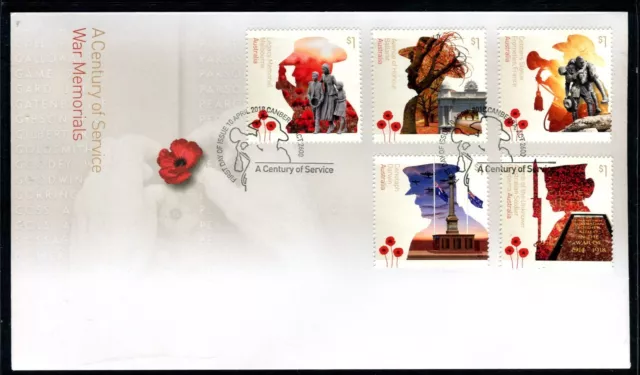
2018 A Centenary of Service! War Memorials (Gummed Stamps) FDC - Canberra PMK
$7.50 Buy It Now 16d 5h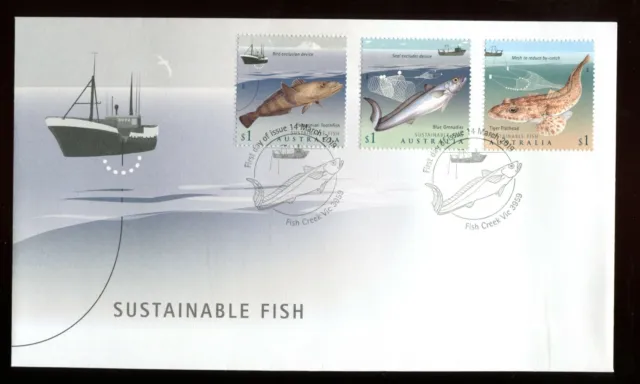
2019 Sustainable Fish (Gummed Stamps) FDC - Fish Creek Vic 3959 PMK
$5.00 Buy It Now 21d 7h

